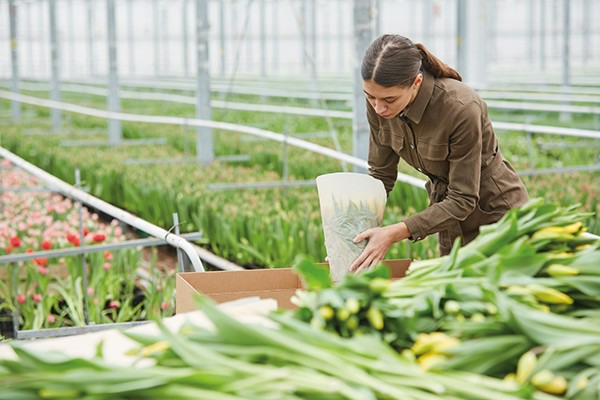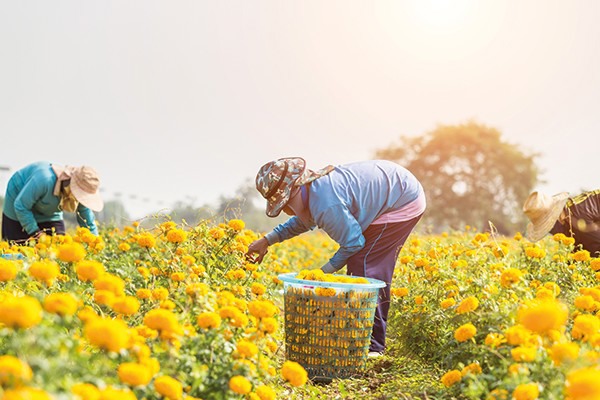The survey was initiated and conducted by the International Association of Horticultural Producers (AIPH) in early 2021 as part of the International Year of Plant Health 2020 and in response to growing concerns about biosecurity worldwide and the ornamental horticulture industry’s duty to sustainability. International travel and trade have tripled in volume in the last decade and has the potential to quickly spread pests and diseases around the world, causing significant damage to native plants and the environment.
The survey aimed to explore how industry organizations work to enhance plant biosecurity in their regions and share information on voluntary systems to improve biosecurity within businesses and across supply chains. The Plant health industry support programs have the capacity to enable healthy production systems, cost-effective and reliable movement of low-risk plant material within global supply chains, and traceability in the event of a biosecurity threat.

Through the report, AIPH concluded:
· Voluntary standards are increasingly relied upon by industry and regulators to reduce the risk posed by plant pests for national or international trade. Eleven voluntary standards for Plant Health Management were identified from around the world. The highest perceived level of threat from plant pests and diseases in a respondent’s country or region was ‘trade in live plants and cut flowers with the second-highest level being identified as ‘growing systems’.
· There is a basis for creating an international equivalence framework between standards.
· Voluntary standards and associated schemes co-designed by industry and the competent (designated) authority for a country can augment phytosanitary measures and regulatory systems.


 For more information:
For more information: